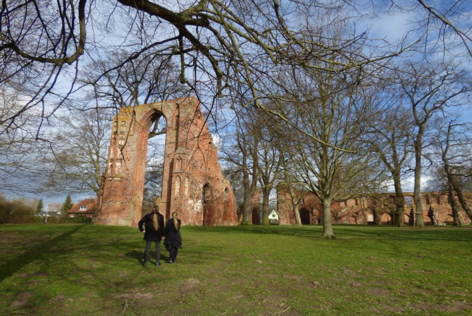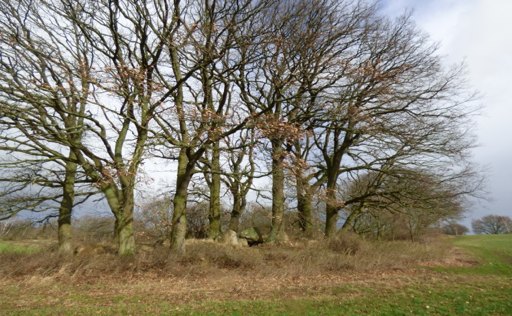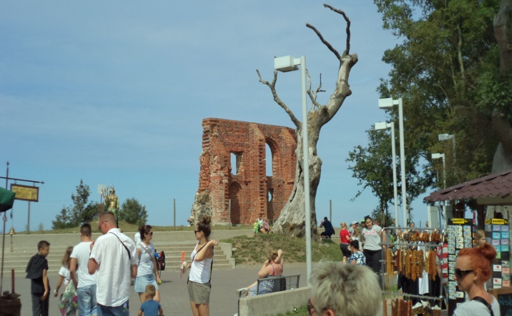IU350. MECKLENBURG
LOCATION Mecklenburg with Rostock, the biggest harbour town in this part of the Baltic Sea, is the historical Obodrite land, the arena of bloody Slavic-Germanic fights at the turn of the 1st and 2nd millennium, as well as area facing a medieval crusade against Pagans, finished with the Christianisation of Mecklenburg in the mid-12th c. […]
Continue Reading











